
Design
Converting a Closet Into a Mudroom - Here's What to Know
12.21.2025
Our New Year savings event is here: Get up to $6,500 off your project today (terms apply).

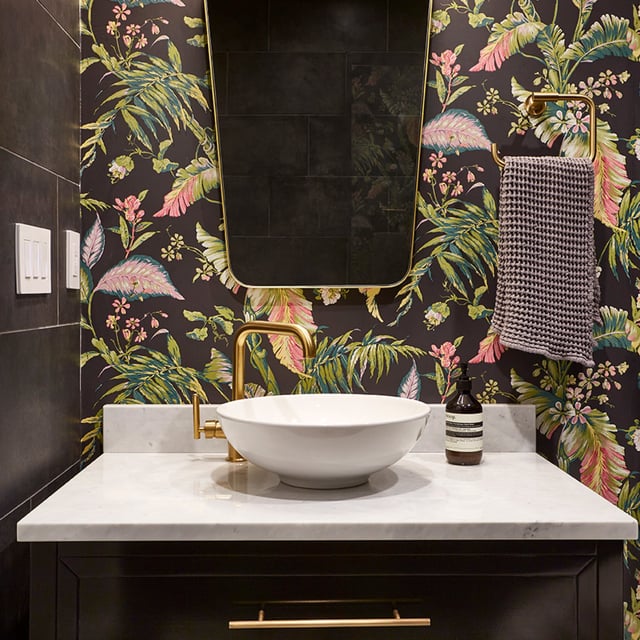
In This Article
Wallpaper has evolved far beyond the floral prints and faded patterns you might remember from your grandmother’s house. Today’s interior design wallpaper offers a fresh, modern approach—ranging from bold murals and textured neutrals to playful, graphic prints. With new materials and application methods, wallpaper is now a versatile design tool that can add depth, personality, and sophistication to any room. If you’re considering wallpaper for your home, it’s worth exploring both the benefits and challenges, as well as the creative ideas that can help you achieve a space that feels truly your own.
Turn your renovation vision into reality
Get matched with trusted contractors and start your renovation today!
Find a Contractor
A monochromatic wallpaper with subtle texture—like grasscloth, linen, or embossed geometric patterns—can add sophistication without overwhelming the senses. This approach works well in living rooms, bedrooms, or offices where you want a calming, cohesive look. The texture catches light differently throughout the day, creating visual interest even in a single color.
To see this wallpaper idea in action, look to this New York bathroom where warm, textural wallpaper brings a sense of depth and comfort to the space. The organic finish stands in subtle contrast to the crisp, glossy white tile, creating a balance that feels both inviting and refined. The result is a room that’s visually engaging without overwhelming the senses.

Oversized prints or mural-style wallpapers can turn a wall into a work of art. Think panoramic landscapes, abstract brushstrokes, or botanical illustrations that span the entire surface. These designs are especially impactful in dining rooms, entryways, or behind a bed as a statement headboard. When using a large-scale print, keep the surrounding décor simple to let the wallpaper shine.
An accent wall is a classic way to introduce wallpaper without committing to an entire room. Choose a bold pattern or color for one wall—such as behind a sofa, bed, or in a hallway—to create a focal point. This technique is especially effective when renovating small spaces, where a single statement wall can add personality and depth without overwhelming the room. It’s also ideal for experimenting with trends or dramatic designs, and allows for easier updates if you want to refresh your space in the future.
Don’t be afraid to have fun with wallpaper, especially in spaces like powder rooms, children’s bedrooms, or laundry rooms. Playful patterns—think animals, clouds, or abstract shapes—can bring joy and personality to smaller or less formal areas. Follow the lead of this New York homeowner who featured illustrations of birds in flight.

Whimsical wallpaper can also serve as a conversation starter for guests. Use it to express your unique style and make everyday spaces feel special, especially for children.
Wallpaper can make a big impact in small or unexpected places. Try it in a closet, on the back of a bookshelf, door-free kitchen cabinets, or in a mudroom to add a pop of color and surprise. In bathrooms, moisture-resistant wallpaper can turn a utilitarian space into a design moment. Smaller spaces are perfect for experimenting with bold patterns or colors you might hesitate to use in larger rooms.
When using wallpaper, especially with a strong pattern or color, keep other textiles and décor relatively simple. Too many competing patterns can make a room feel chaotic and visually overwhelming. Instead, let the wallpaper be the star and use solid or subtly textured fabrics for furniture and accessories.

This New York homeowner pulled off this idea perfectly. Not only does the space beyond the wallpaper sport minimal adornments, but every bathroom element mimics the colors of the wallpaper itself.
Renovate with confidence every step of the way
Step 1: Personalize Your Renovation Plan
Step 2: Receive Quotes from Trusted Contractors
Step 3: Let Us Handle the Project Details

The cost to wallpaper a room varies based on the type of wallpaper, the size of the space, and whether you hire a professional. On average, expect to pay between $3 and $8 per square foot for materials, with installation adding another $2 to $6 per square foot. Specialty wallpapers, such as grasscloth or custom murals, can cost significantly more. For a standard 12x15-foot room with 8-foot ceilings, total costs can range from $1,000 to $2,500 or more, depending on the wallpaper type and complexity of the job. Always factor in extra rolls for pattern matching and potential repairs, and remember that professional installation can help avoid costly mistakes.
Design a Home That’s Uniquely Yours
Block can help you achieve your renovation goals and bring your dream remodel to life with price assurance and expert support.
Get Started
Wallpaper can be a powerful tool for expressing your style and elevating your home’s design. Whether you’re drawn to bold patterns, subtle textures, or playful prints, the right wallpaper can transform any space. If you’re ready to explore wallpaper ideas or need expert guidance on installation and design, Block Renovation is here to help. Our team connects you with vetted professionals and provides the support you need to create a home that feels uniquely yours—every step of the way.

Written by Block Renovation
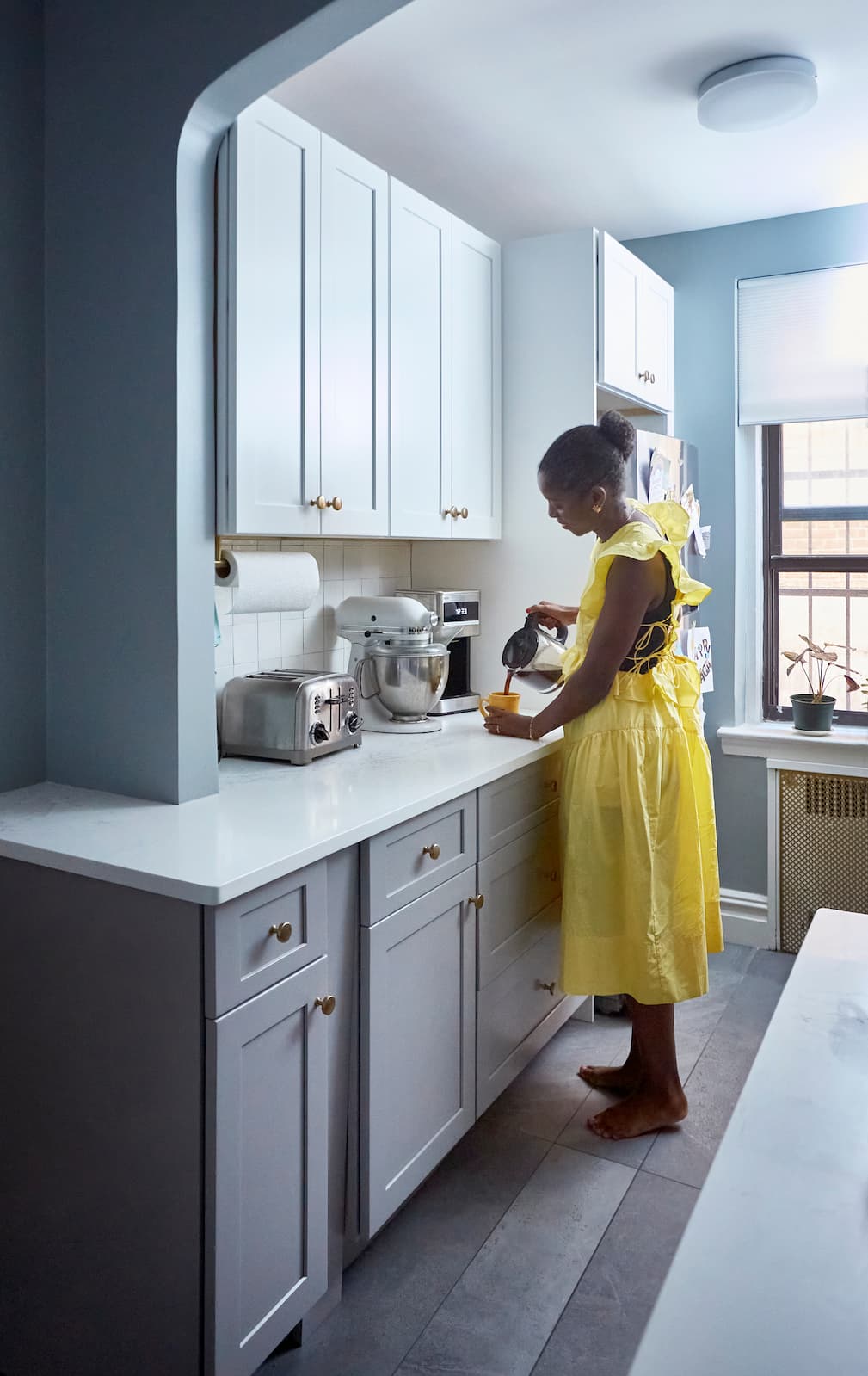
Renovate confidently with Block
Easily compare quotes from top quality contractors, and get peace of mind with warranty & price protections.
Thousands of homeowners have renovated with Block

4.5 Stars (100+)

4.7 Stars (100+)

4.5 Stars (75+)

Design
Converting a Closet Into a Mudroom - Here's What to Know
12.21.2025

Design
Mid-Century Modern House Remodels & Design Ideas
11.22.2025
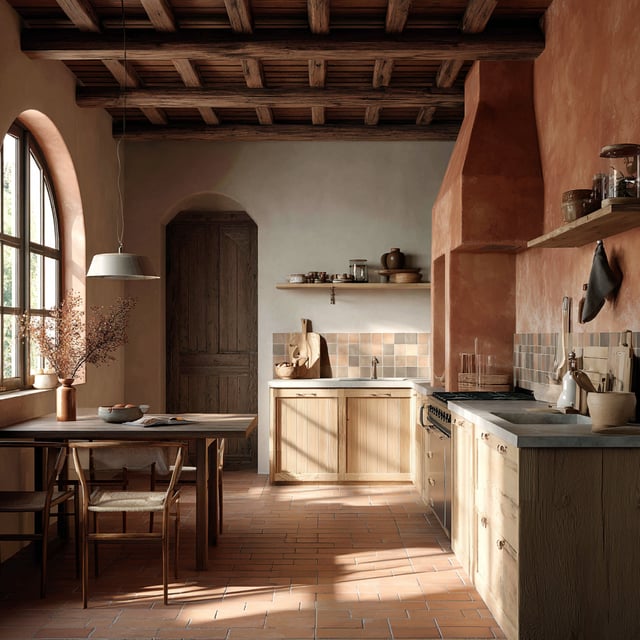
Design
Modern Tuscan Style Kitchens to Inspire Your Next Redesign
10.23.2025
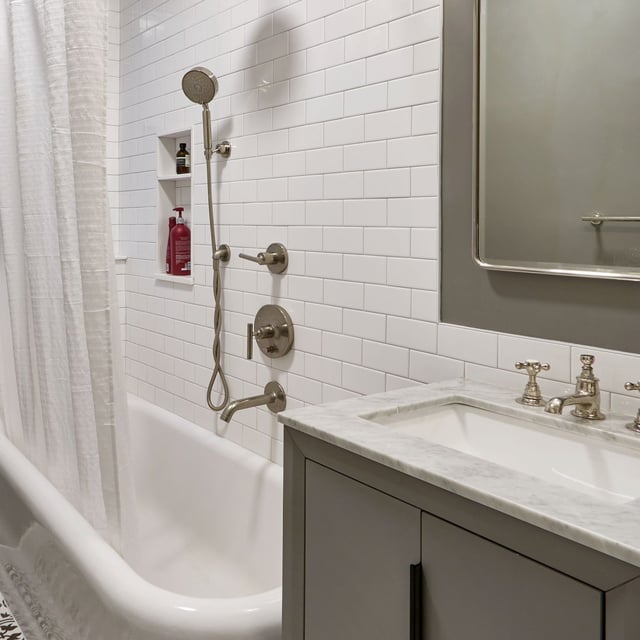
Design
Vintage Bathroom Remodels - Balancing Retro & Modern Design
09.18.2025
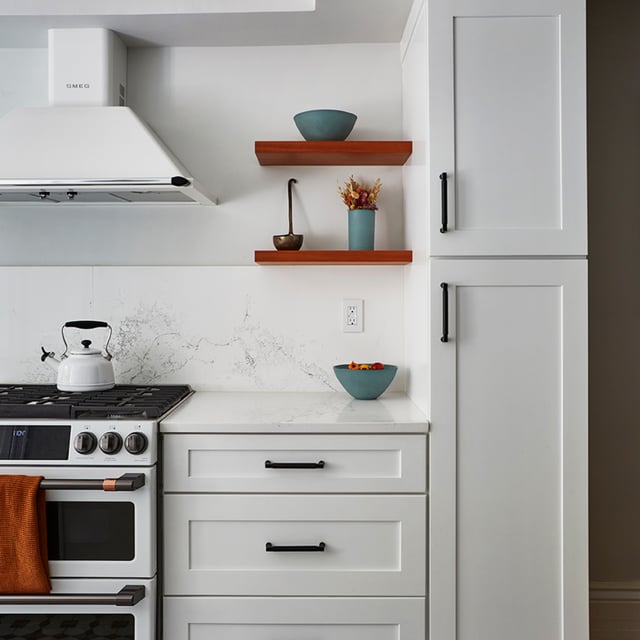
Design
Bringing Wood Elements Into the Kitchen: Walls, Countertops & More Ideas
09.05.2025
Renovate confidently